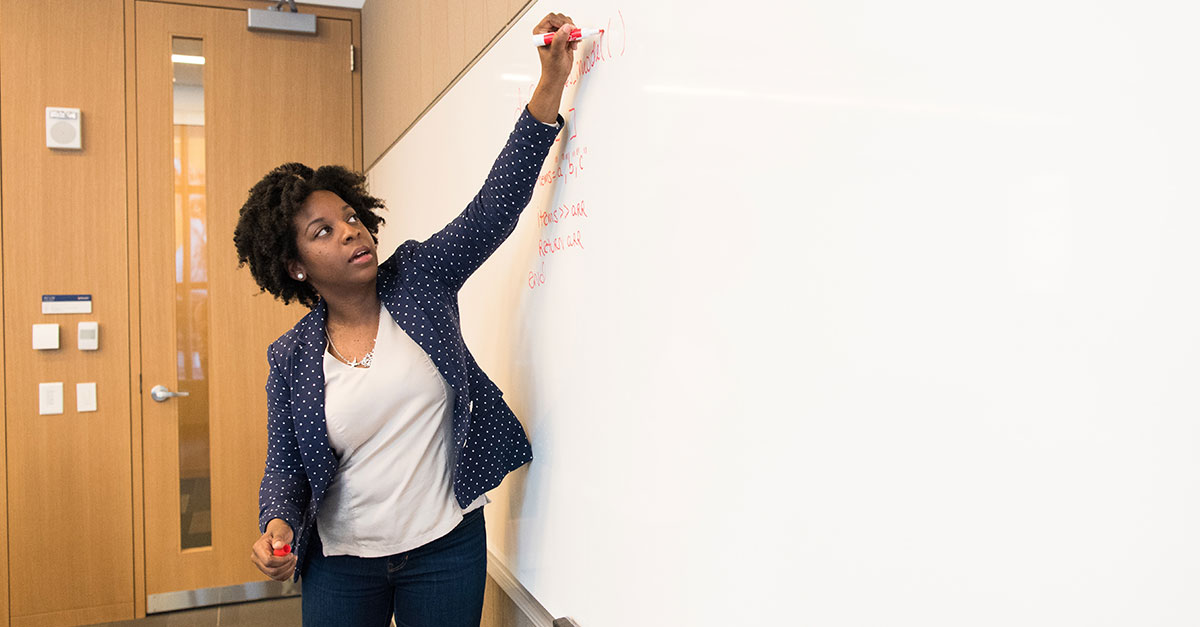- Blogs
- 2 Minute Read



We’ve written about the challenges of the ‘new normal’ for trainee and experienced teachers in recent blogs. But what good practice are we seeing among school leaders and governing bodies in our partner schools? Here are 6 ideas we think should be shared widely to help all those working so hard at the moment.
1. A focus on the essentials
There is a clear focus in schools on ensuring that children and staff are safe and that children are continuing to learn. In many cases this has led to difficult compromises – for example this article discusses letting students wear outdoor clothing to ensure ventilation is effective while other schools have had to reduce enrichment activities and cancel extra-curricular activities. It’s especially important for Governors to trust and support ‘on the ground’ staff in making these changes if they are unable to visit schools.
2. Giving staff more time
The need for social distancing and safe workspaces means that for many teachers, the biggest practical impact of the pandemic for many is that everything is taking longer! Moving between rooms, setting up equipment, cleaning and using new technology all mean there is less time for teaching and learning. Many countries and school systems have reduced the amount expected from teachers – for example in England external examinations will start later – but there are also many things that schools can do to reduce workload – here’s a list of ideas that have been seen to work in English schools.
3. Keeping your parents and wider community informed as efficiently as possible
It goes without saying that the last thing that anyone in a school needs at this time is unnecessary enquiries from parents and the wider community. That means schools need to make sure external communication is effective and efficient! This article suggests 10 steps to take to manage this process.
4. Investing in training as well as new technology
All schools are moving forward rapidly with new technology to facilitate blended or hybrid learning – or simply to ensure that there is good social distancing in classrooms. However, it’s equally important that staff are well trained in these new systems and there are clear policies and practices around their use. The alternative is that staff will either or use them in the wrong way – or become nervous and stressed before their lessons. This survey shows the scale of the problem.
5. Using new ideas for future digital plans
It can be difficult to focus on the future at the moment, but one area that might be worth it is to capture great ideas from the way your school has responded to the crisis and look to include them in a future digital strategy. This article shows how one school is doing this, while our ‘School of the Future’ report offers many other ideas.
6. Maintaining links with universities and teacher training providers
While there have been many more people signing up for teacher training courses this year, there is a growing shortage of schools offering placements, as we found out when we attended the virtual UCET (Universities Council for the Education of Teachers) conference earlier this month. While it may be a difficult decision to take on a trainee at this point, they are allowed into schools with mentors increasingly using digital technology to support them. Taking time now will help both your school and the wider school system with future teacher recruitment.

The School of the Future Guide is aimed at helping school leaders and teachers make informed choices when designing the learning environments of the future using existing and upcoming technologies, as they seek to prepare children for the rest of the 21st century – the result is a more efficient and competitive school.
KEEP IN TOUCH WITH ONVU LEARNING AND RECEIVE THE LATEST NEWS ON EDTECH, LESSON OBSERVATION, AND TEACHER TRAINING AND DEVELOPMENT.